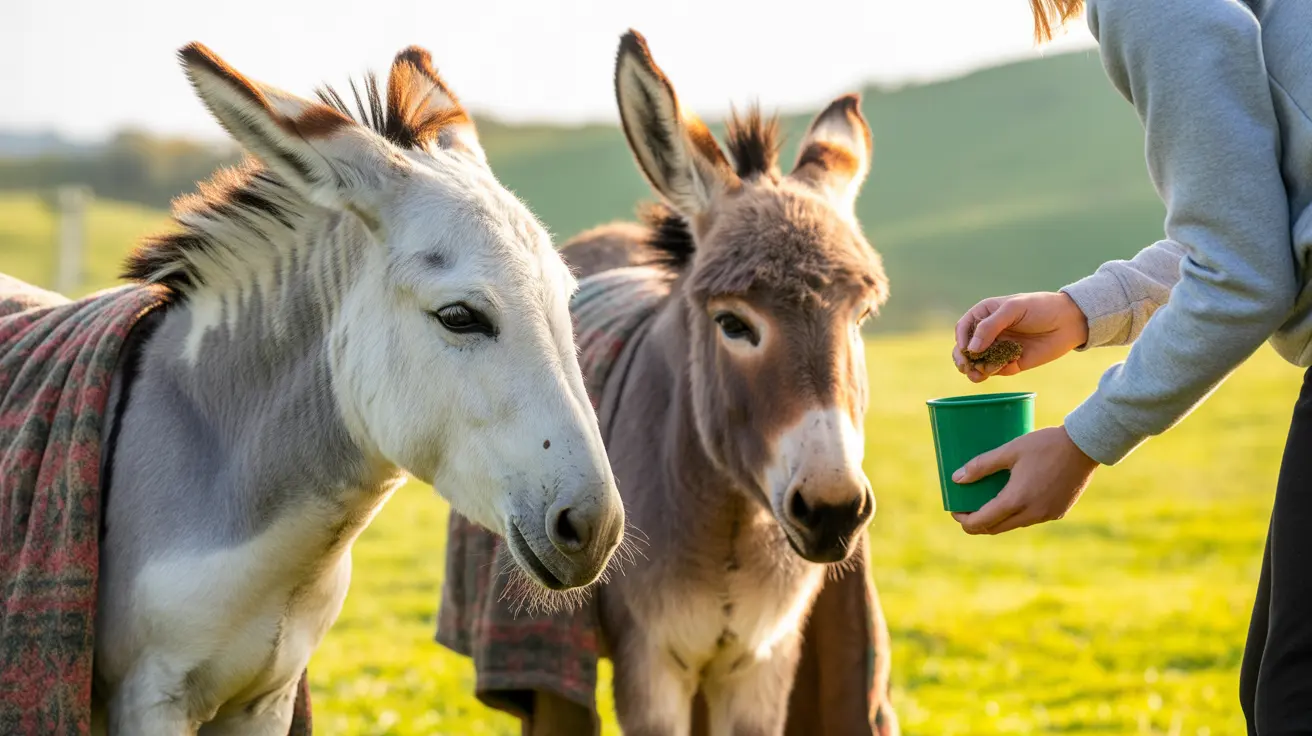What Vegetables Can Cats Eat? A Guide for Pet Owners
While cats are obligate carnivores, meaning they require meat to thrive, small amounts of certain vegetables can complement their diet. These veggies can provide healthy fiber, antioxidants, and vitamins when offered properly and in moderation. However, it's important to remember that vegetables should never replace meat-based nutrition in a cat's meal plan.
Why Feed Vegetables to Cats?
Even though vegetables are not a biological necessity for cats, they may offer digestive support, hydration, and enrichment, especially when provided as treats or supplements. Some felines enjoy the taste or texture of certain veggies, and they can help with hairball prevention or bowel movement regulation.
Safe Vegetables for Cats
Below is a list of cat-safe vegetables that are generally well tolerated:
- Carrots: Rich in beta-carotene and fiber, cooked carrots are a great low-calorie snack.
- Green beans: These are full of vitamins C and K. Cooked green beans can aid digestion.
- Peas: Packed with B vitamins and minerals, peas are often found in high-quality commercial cat food.
- Pumpkin: A source of fiber and moisture. Canned plain pumpkin (not pie filling) helps with constipation and diarrhea.
- Spinach: High in iron and vitamins A, C, and K. However, avoid it in cats with kidney issues due to its oxalate content.
- Broccoli: Known for its antioxidant properties, steamed broccoli may support a cat's immune system.
- Zucchini: This low-calorie veggie is full of nutrients and generally easy on feline tummies.
- Lettuce: Iceberg and romaine types offer hydration and a crunchy texture, but little nutritional value.
Vegetables Cats Should Avoid
Some vegetables can be toxic or harmful to cats. Avoid feeding:
- Onions and garlic: Even in small amounts, these can damage red blood cells and cause anemia.
- Chives and leeks: Belonging to the same family as onions, they're equally dangerous.
- Raw potatoes: Contain solanine, which is toxic to cats. Cooked, peeled potatoes in moderation can be safe.
- Tomatoes (unripe): Like potatoes, green tomatoes contain solanine. Ripe tomato can be safe in tiny amounts.
Serving Tips: How to Prepare Veggies for Your Cat
- Cook thoroughly: Steam or boil vegetables to soften fiber and reduce choking hazards.
- Skip the seasoning: Salt, spices, and oils can upset your cat's stomach or be harmful.
- Chop finely: Small pieces are easier to digest and safer to consume.
- Observe your cat: Introduce one veggie at a time and watch for allergic reactions or digestive issues.
Vegetables as Treats – Not Staples
Vegetables should make up no more than 10% of your cat's daily intake. They can serve as a healthy treat, especially for indoor or overweight cats that benefit from high-fiber snacks. However, consult your veterinarian before making any major diet changes.
Conclusion: The Right Way to Nourish Your Feline Friend
Incorporating certain vegetables into your cat’s diet can offer nutritional perks and dietary variety, but it must be done with care. Always prioritize high-quality animal proteins and seek expert advice if you’re unsure about a particular food. With the right balance, veggies can be a fun, healthful bonus in your cat's culinary world.





